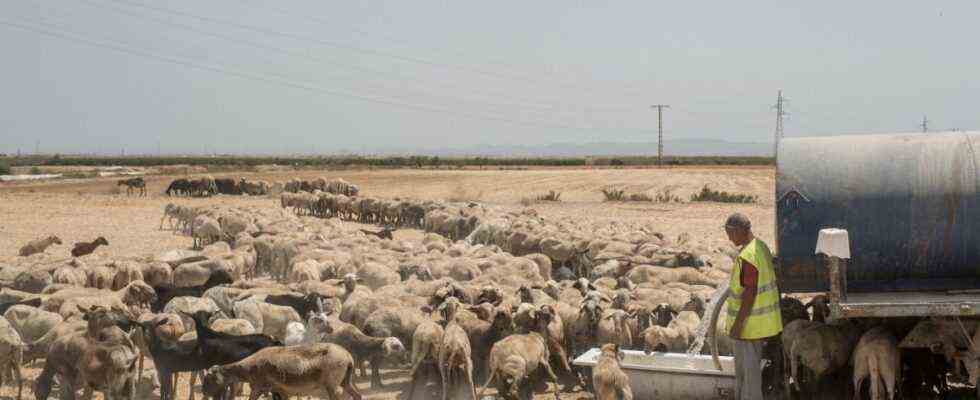Drought years like 2003, 2018 and 2019 could become normal in the future, warn climate researchers. In Europe, precipitation is likely to decrease, especially in the south, which would not only have fatal consequences for agriculture there. Researchers from Switzerland and Great Britain have now identified an antidote: a gigantic rain donor.
We’re not talking about machines, but trees. A massive reforestation on formerly agricultural land could stimulate the rainfall again, write the scientists led by climate researcher Ronny Meier from ETH Zurich in the specialist journal Nature Geoscience.
The phenomenon is known from the Amazon rainforest: This supplies itself with rain. Air currents from the Atlantic carry moisture into the Amazon and it rains down. If there wasn’t a forest, most of the water would simply drain away. The trees, however, suck the water out of the ground with their roots and release some of it back into the air through their leaves. A separate moist atmosphere is formed – rivers in the air. The water rises again and again into the air masses, which migrate to the west to the edge of the Andes and rain down there.
Meier and his colleagues used a statistical model to test whether a larger forest area could also have a positive effect on the amount of precipitation in Europe. To this end, they evaluated data from the years 1986 to 2015 and compared areas that are more predominantly agricultural with areas that are more dominated by forests, but are similar in topography and climate.
Germany could benefit if France reforest
Experts consider 14.4 percent of the area of Europe to be suitable for afforestation, especially in the British Isles, France, Portugal, Italy and Eastern Europe. If the forest area were to expand by a fifth, according to the authors of the Nature-Geoscience-Study, almost eight percent more rainfall is to be expected in summer. That would be an average of 0.13 millimeters per day.
However, these would not be evenly distributed across Europe. While less rainfall can be expected in Scandinavia, it would increase in the Mediterranean area – and there even more than compensate for the additional drought caused by the climate. This is especially true for the coastal areas of Western and Southern Europe. The reason: the forests literally intercept the humid air masses coming from the ocean. But Germany and Switzerland could also, at least in part, be among the beneficiaries, for example if France does extensive reforestation and the rain moves on.
It should rain more in winter than in summer. The scientists explain this by the fact that forests warm the soil in the cold season, while they cool it down in summer. As a result, the forests release warm, humid air into the atmosphere in winter, which expands and cools there and can contribute to the formation of cloud droplets.
The study is a first clue. Even the authors admit that additional climate models are needed to obtain reliable statements. “If our results are confirmed, that would be an even stronger incentive, especially for the Mediterranean countries, to preserve their forests and create new ones,” says Meier.
However, he warns against seeing reforestation as a panacea. “Afforestation will not protect us from climate change.” First and foremost, the greenhouse gases have to drop drastically, then one can consider how climate change can be further mitigated – and afforestation can help with this.

